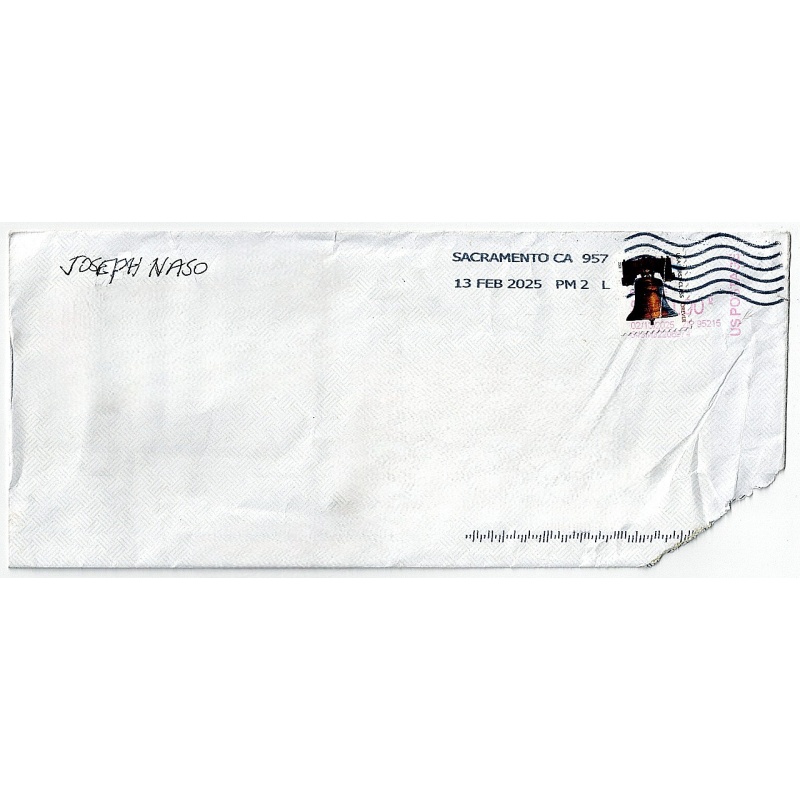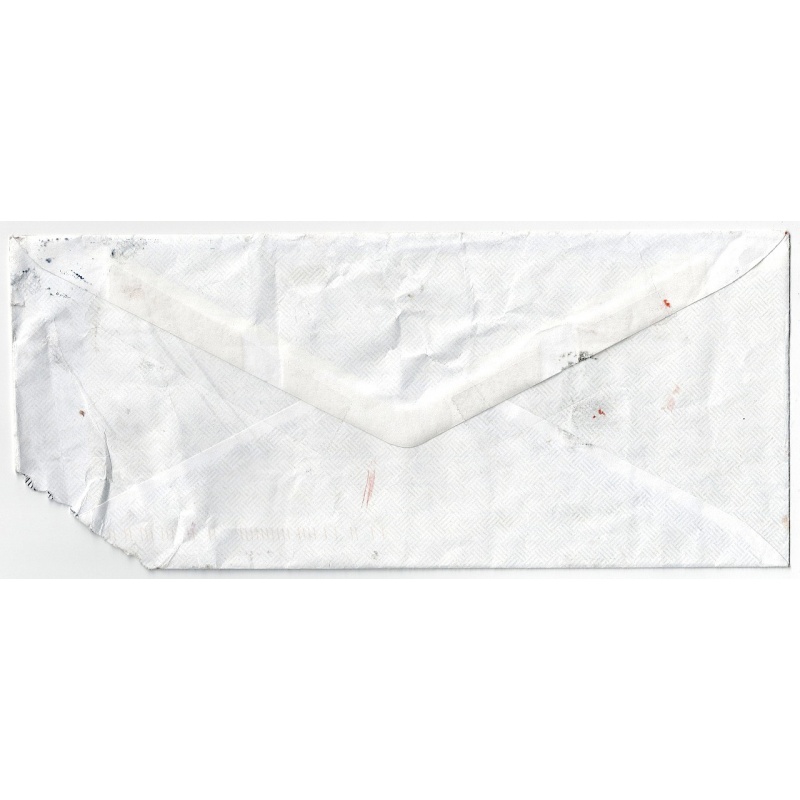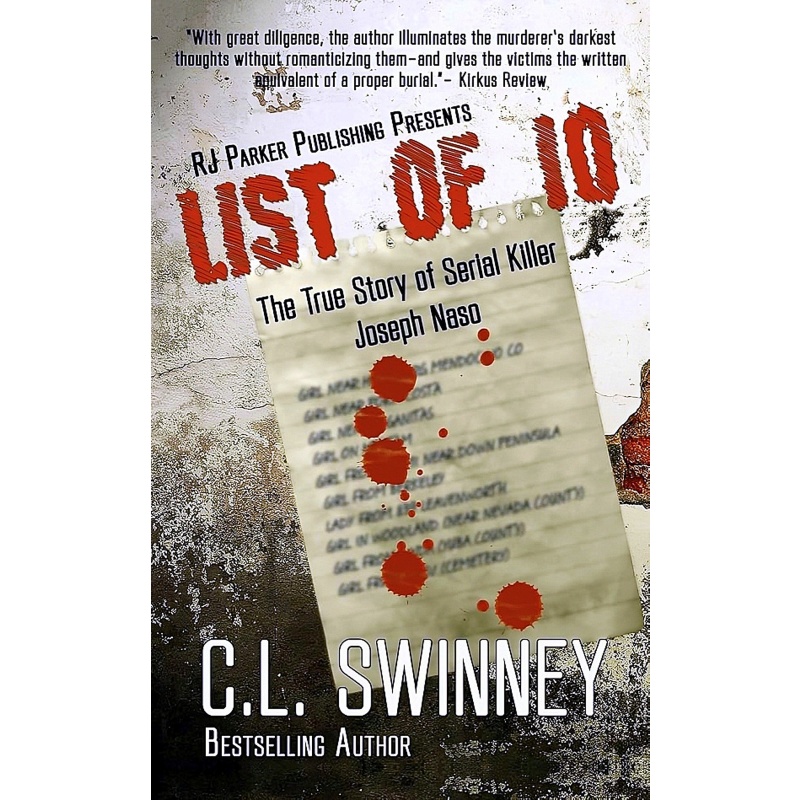JOSEPH “CRAZY JOE” NASO | The "Double Initial Killer" | Murdered 4+ Women in CA | Suspect in the Alphabet Murders | Took Pictures of His Victims for 'Art', Sentenced to Death | ALS
LongfellowSerenade 29
Joseph “Crazy Joe” Naso, born January 7, 1934 (91 yo), in Rochester, New York, is an American serial killer known as the "Double Initial Killer." He was convicted in 2013 for the murders of four women in California between 1977 and 1994, each victim having matching initials in their first and last names. Naso, a former photographer with a history of petty thefts, documented his assaults in a handwritten diary. His arrest in 2011 led to a trial where he represented himself and was subsequently sentenced to death. As of February 2025, Naso remains on death row in California.
Picked up a cute Ukrainian girl ... Great legs. Used to take photos of her ... In those days I would pose as a professional photographer. What a scam.
I'm not the monster they say killed these women,
I don't kill people, and there's no evidence of that in my writing and photography.
$120.00
- Postage
-
Standard Shipping
$0.00 to United States
Get Additional Rates
- Select Country
- Zip/Post Code
- Quantity
Description
Joseph Naso. Autographed Letter, Signed. Handwritten, Commercial #10 (4.125 × 9.5 envelope). Sacramento, CA. February 13, 2025. Content unknown. SEALED.
Classification: Serial killer
Characteristics: Rape - Diary excerpts show how he stalked and sexually assaulted his victims and then photographed them in sexual poses alongside mannequin parts
Number of victims: 4 +
Date of murders: 1977-78 / 1993-94
Date of arrest: April 11, 2011
Date of birth: 1934
Victims profile: Roxene Roggasch, 18 / Carmen Colon, 22 / Pamela Parsons, 38 / Tracy Tafoya, 31
Method of murder: Strangulation
Location: Northern California, USA
Status: Convicted by a Marin County jury of four murders on August 20, 2013. Naso may be eligible for the death penalty
The Double Initial Killer: The Life and Crimes of Joseph Naso
Joseph Naso, born on January 7, 1934, in Rochester, New York, is an American serial killer infamously known as the "Double Initial Killer." His criminal record spans several decades, marked by the murders of at least four women, all of whom had matching initials in their first and last names. As of February 2025, Naso remains on death row in California.
Background
Naso's early life in Rochester was relatively unremarkable. In the 1950s, he served in the United States Air Force, during which he met his first wife, Judith. The couple married and had a son, Charles, who was later diagnosed with schizophrenia. Their marriage lasted eighteen years before ending in divorce, after which Naso continued to visit his ex-wife in the San Francisco Bay Area.
Throughout the 1970s and 1980s, Naso resided in various locations across California, including San Francisco's Mission District and Piedmont. He worked as a freelance photographer, a profession that granted him access to numerous women, often persuading them to pose for his camera. Naso's acquaintances nicknamed him "Crazy Joe" due to his erratic behavior. In 1999, he moved to Sacramento, and by 2004, he had settled in Reno, Nevada.
Criminal Activity
Naso's known criminal activities began with petty thefts, particularly shoplifting women's lingerie and hosiery. However, his crimes escalated to murder, with his first known victim being 18-year-old Roxene Roggasch Ashby. On January 10, 1977, her strangled body was discovered near Fairfax, California. Over the next two decades, Naso continued his killing spree:
Carmen Lorraine Colon, 22, found on August 13, 1978, along Carquinez Scenic Highway.
Pamela Ruth Parsons, 38, discovered in 1993 in Yuba County.
Tracy Lynn Tafoya, 31, found on August 14, 1994, also in Yuba County.
A distinctive pattern emerged, as each victim's first and last names shared the same initial. Naso's modus operandi involved photographing his victims, some appearing unconscious or deceased, before sexually assaulting and strangling them. He meticulously documented these assaults in a handwritten diary, detailing hundreds of attacks across the country.
Legal Proceedings
In April 2010, during a routine probation search related to a prior theft conviction, authorities uncovered a trove of incriminating evidence in Naso's Reno home. This included the disturbing diary and a "List of 10," referencing unnamed women alongside geographic locations. On April 11, 2011, Naso was arrested and charged with the murders of Roggasch Ashby, Colon, Parsons, and Tafoya.
Naso chose to represent himself during the trial, which commenced in 2013 in Marin County Superior Court. Despite his claims of innocence, the jury found him guilty of four counts of first-degree murder on August 20, 2013. Subsequently, on November 22, 2013, he was sentenced to death.
Impact on Victims and Society
Naso's heinous acts left a trail of devastation. The families of the victims endured immeasurable grief, compounded by decades of uncertainty before justice was served. The public and media were both horrified and captivated by the case, particularly due to the eerie pattern of the victims' initials. This case underscored the importance of meticulous evidence collection and inter-agency collaboration in solving cold cases.
Current Status
As of February 2025, Joseph Naso remains on death row in California. There have been no significant rehabilitation efforts, and he continues to deny responsibility for the murders. Given his incarceration, he no longer poses a direct threat to society.
Conclusion
The case of Joseph Naso serves as a grim reminder of the potential for evil to lurk behind unassuming facades. It highlights the necessity for persistent investigative efforts and the value of revisiting cold cases with fresh perspectives and technologies. To prevent similar crimes, it's crucial to maintain robust support systems for vulnerable populations and ensure that law enforcement agencies have the resources needed to track and apprehend serial offenders.
Additional Note
Given the notoriety of Joseph Naso and the rarity of his personal effects, obtaining an autographed item from him could be considered valuable to certain collectors. However, it's essential to approach such memorabilia with ethical considerations, respecting the victims and their families.
VIDEO: Serial Killer Documentary: Joseph 'Crazy Joe' Naso | https://youtu.be/tzUXDcNEBt4
Archiving Protocol:
• Handled with White Gloves ab initio
• Photo Pages/Sheet Protectors: Heavyweight Clear Sheet Protectors, Acid Free & Archival Safe, 8.5 × 11, Top Load
• White Backing Board – Acid Free
Shipping/Packaging: Rigid Mailer 9.5 × 12.5. White, self-seal, stay-flat, Kraft cardboard, no bend. Each rigid mailer is made of heavy cardboard, which has strong resistance to bending and tearing. Thicker than the USPS mailers. Shipping cost never more than it absolutely has to be to get it from me to you.
Payments & Returns
- Payment Methods
- PayPal, Money Order
Postage & Shipping
- Item Location
- 49858, Michigan, United States
- Ships To
- Worldwide
- Pick-ups
- No pick-ups
- Shipping Instructions
- Shipping costs to international destinations will be applied to this auction. Please contact us if you have any questions about shipping to your location.
- Returns Accepted
- No

-800x800.jpg)


-800x800.jpg)

-500x500.jpg)



-500x500.jpg)